Earwig Extermination

Earwigs often congregate outdoors in large numbers, often under piles of lawn debris or mulch or in tree holes. This behavior is believed to be caused by a pheromone that attracts them together in large groups.
Homeowners can eliminate earwig harborage sites by moving objects such as leaf piles, ivy and mulch away from their homes. Furthermore, they should seal cracks and crevices around their house to stop earwigs from getting inside.
Vacuuming
Earwig infestations can be controlled with vacuuming, setting traps and clearing away debris. However, full control will only come about if the conditions that encourage their presence are addressed.








